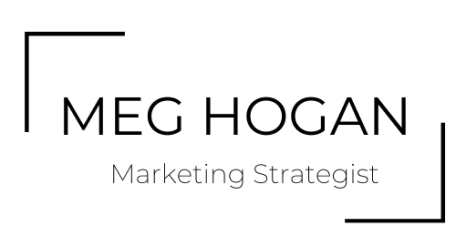Pinterest started out as a crafter and stay-at-home-mom social media site. I still know people who stumble over the name, saying "Pin - ter - ist?"
Well, it's now a content distribution powerhouse.
While it doesn't generate the same amount of one-to-one engagement as say, Facebook or Twitter do, it does spread content and ideas quickly.
Pinterest has pivoted and adjusted to the growing demands of businesses, too. They now offer special help if you want to use their advertising - a promoted pin - as part of your business' marketing strategy. And it works. According to Hootsuite, 87 percent of Pinners have purchased a product because of a pin they saw, and 93 percent say they’ve used the site to plan for a future purpose.
If you're just getting started - or playing with the idea of using Pinterest - especially for upcoming holiday sales, here are some ways to grow your following organically.
1. Optimize Your Profile and Boards
First things first:Make sure your Pinterest profile and boards are easy to find.In fact, if you’ve never done a digital audit, now is good time to do it. Here are instructions for making sure all your social media profiles are optimized and up-to-date.
For Pinterest specifically, write your profile description and board description using words your target audience would use in a search.
While it’s tempting to be clever or cute with your descriptions, natural language is your best bet for being found. For example if you sell shoes, use words like “shoes,” “sneakers,” “flats,” or “heels,” and stay away from “Fun funky kicks.”
Or if you sell products for pets, consider a board description like “Dog treats,” over something like “Feed for Fido.”
Using Pinterest for your business – if your target demographics include women under the age of 40 who have an annual household income of $75,000 or more – means you have a chance to show up in the 2 billion searches that occur on the platform per month.
2. Create Pinterest Boards Your Followers Want
If you already have a business Pinterest account, see which of your Pins are performing the best and create boards using those ideas.
For example, if you're a bridal shop owner, and your top pin is of a pair of shoes - THAT MEANS YOUR FOLLOWERS ARE LOOKING FOR WEDDING SHOES.
You can even create a few different boards for this: white wedding shoes, blue wedding shoes, non-traditional wedding shoes, etc.
And if you just opened your business Pinterest account and don’t have any data to work with? Check out Pinterest’s reports like this one.
3. Use Other Pinners’ Success to Help Create Your Own Success
Pinterest is a search engine. Consumers use it as a tool for purchasing decisions. In fact, 67% of Pinners consult Pinterest while shopping in brick-and-mortar stores. So do a search of your own.
A few search results you should look for include:
What the top pin is for your industry, product or service
What boards it's pinned to
What else is on those boards
Who’s pinning that pin
Document your findings and use it as research for a marketing strategy. You should find ideas for your content (videos, blogs, slideshows or otherwise), potential influencers and microinfluenceres to partner with and even emerging trends.
4. Create a Template and Process for Making Your Pins
You want your Pins to be as attractive as possible to your target audience. One of the easiest ways to do this is to make your pins – and whatever you’re promoting on those pins – simple to understand.
So make sure your:
Image accurately represents what you’re linking to – your content, product or service
Description accurately matches the image and what you’re linking to
Your business is competing with big brands for the attention of your target customer, so it’s important that you’re pinning high-quality content (and not description-less Pins or Pins with low-quality images).
5. Strategically Follow and Unfollow Other Pinners
Like Facebook and Twitter, the other accounts you follow dictate what shows up in your personal Pinterest feed. If you follow pinners who pin high-quality content your followers would like, it makes it mucheasier for you to engage. Instead of digging through Pinterest, you can easily pin from your homefeed.
6. Cross-reference Interests from Your Other Social Media Channels
Your Facebook fans can tell you a lot about your audience - see what the top performing posts are there and test them on Pinterest.
If you’re not already, try tracking the top posts for each social media channel you’re on. Here’s a template for doing that.
While each social network has different demographics, tracking the posts with the top engagements can help you develop better performing content on an ongoing basis.
And using data across social channels – even as a small or mid-sized business – gives you the power to create smarter, more effective and more valuable marketing content.



